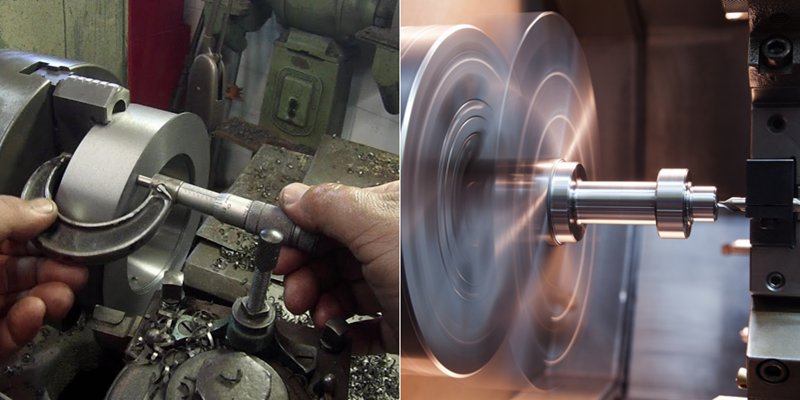- June 7, 2024
Turning is a versatile machining process used for manufacturing parts in most industries. This operation is used to create parts with extremely high tolerance and surface finishing using a lathe machine. So turning process is popular in manufacturing axis-symmetric parts across various industries, including automotive, aerospace, and other sectors.
In this article, we highlight the turning process, the types of turning, materials suitable for this process, and their applications in different industries.
What is Turning?
Turning is a process that involves a cutting mechanism that removes materials from a rotating workpiece to form a desired shape or form. In the turning process, raw materials are held and rotated at a high speed while a cutting tool is introduced to the workpiece along one, two, or three axes of motion to create the desired width and depth. Besides, turning is performed in two ways; manual and automatic.
In the past, manufacturing industries relied more on manual turning; manual turning required human operators to frequently adjust the workpiece and the machine during operation. Nowadays, automatic turning has taken over, because it streamlines the turning process using a computer numerical control (CNC) system.
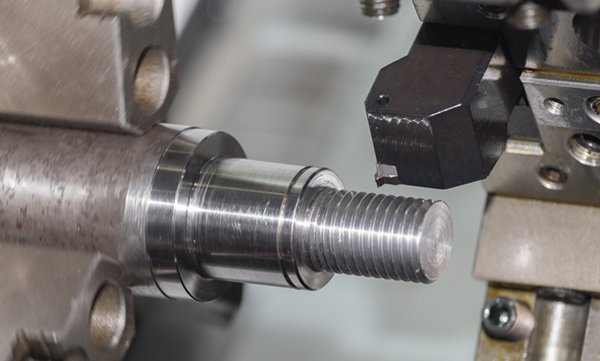
This automatic turning method offers efficient and faster solutions. Although it still requires the machinist to specify the workpiece specifications in a computer program, the machine will translate these data effectively for turning operations.
How Does the Turning Process Work?
The process works with a machine moving the cutting tool linearly along the rotating workpiece surface. The process involves removing materials from the workpiece until a desired shape or part is obtained. The procedure for turning includes:
- Mount the workpiece and attach it with a rough or finish tool to the lathe, depending on the type of feed;
- Set the lathe to the correct speed and feed for the desired width and material being cut;
- Start the lathe and take the cut lightly at the specified length on the right-hand side of the workpiece;
- Stop the lathe, but do not move the cross-feed screw handle;
- Measure your work and calculate the removable material;
- Finally, check the turned workpiece for any imperfections and make alterations where necessary.
Types of Turning Operations
Various turning operations are used in different manufacturing industries to create machine parts. This section will discuss the types of turning procedures used across various industries.
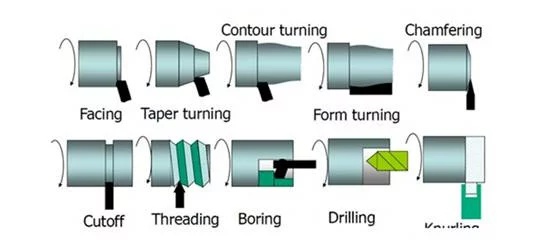
Lathing
It’s the most versatile operation involving excess material removal from the raw material’s outer surface. Lathing is done continuously until it achieves the perfect design. The operation gets the job done with great accuracy and finishing.
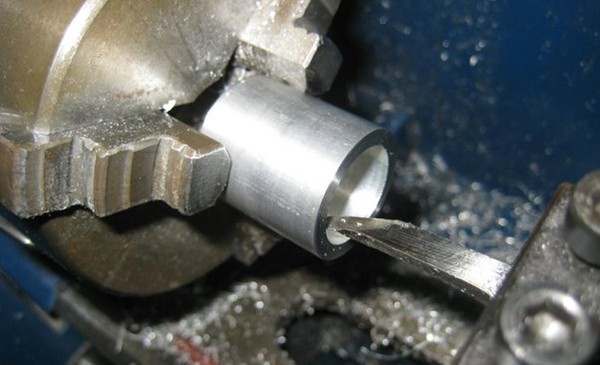
Boring
The process of removing material from a hole in a material. Boring machining comes in when a hole is already created. It is also used to correct a hole that is not perfectly round.
Tapping
The operation uses a tapping tool to create threads as they enter axially through the hole of raw material. The tap is a multipoint cutting tool, and the workpiece is made to rotate slowly while placed on a faceplate. Then, the fixture supports the tap on a tailstock spindle.
Knurling
Knurling helps to create a diamond-shaped pattern on the surface of the workpiece. It enhances the grip of the machine part, making it attractive. This operation is brought into contact with raw material, and the teeth are made to roll onto the workpiece.
Reaming
It is used to enlarge holes. The tool penetrates axially through the material to expand the existing hole to the diameter of the reamer. Reaming produces a rounder hole by removing a small amount of material, giving a better internal finish.
Parting
The tool makes a progressive cut across the workpiece, passing through the perpendicular axis as the workpiece rotates. As the operation continues, the cutting tool detaches and drops off the workpiece as it gets to the center.
Facing
This operation reduces the length of the workpiece, and facing inserts are the accurate size of a workpiece. The workpiece ends perpendicular to the axis of rotation. The tool moves along the workpiece radius to produce the desired length.
Grooving
The operation is also known as necking. It helps to create a narrow workpiece. The width of the cutting tool determines the size of the cut. This operation can create a narrow cut or remove material by moving radially.
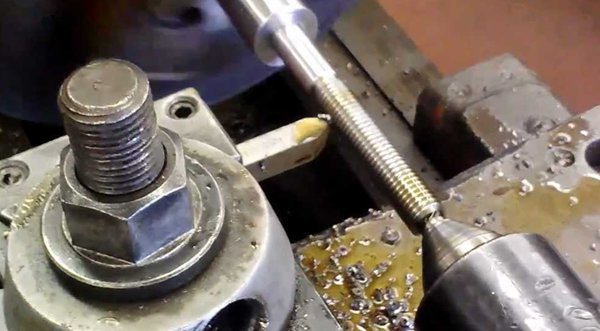
Threading
The operation is a lathe machining process that uses mechanical tools to cut threads. The tool operates by moving along the side of the workpiece.
Drilling
It is usually the first step of operation used in creating internal features which will further require other operations for refining. Drilling is used to create a cylindrical hole in the workpiece of a material, usually metal.
Cutting Parameters in Turning Operation
There are some parameters that influence the turning process, including:
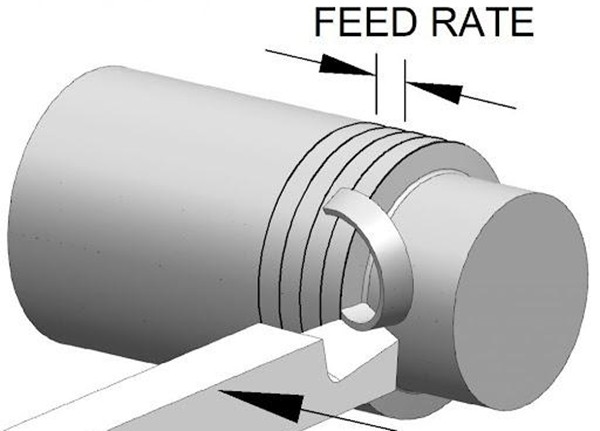
- Feed Rate: It determines the cutting speed of the tool needed for the workpiece. Feed rate can influence the quality of the finish and speed of production. A higher feed rate can negatively affect the surface finish.
- Depth of Cut: The depth of a cutting tool varies with the workpiece radius during a turning operation. This factor impacts the part life, production rate, and finishing. You must consider the material type and hardness when determining the depth of cut.
- Cutting Speed: It is the velocity of the surface material as it moves towards the cutting tool. The speed depends on the type of material, cutting tool, and the diameter of the workpiece at the cutting point. The productivity of the turning operation is also influenced by this parameter.
Other factors include metal removal rate, tool shapes, and machine power requirements.
Compare Rough Turning vs Finish Turning
Roughing in the turning operation refers to removing a substantial amount of excess material from a workpiece. It is the first step in the turning process. Furthermore, it produces shapes closely related to the required part geometry, making the process easier and more efficient.
The benefit of roughing is that it removes empty allowances quickly, impacting product surface and dimension features. Although this operation enhances high productivity, it produces components that do not meet high accuracy.
Finish turning involves light removal from a workpiece material for surface finishing. It performs the final machining to achieve dimensional tolerances and surface finish. Tool wear out, built-up edges, and chip type can affect surface finish.
In addition, turning finishing is done to meet standard machining features in terms of flatness, roughness, thickness, and tolerance.
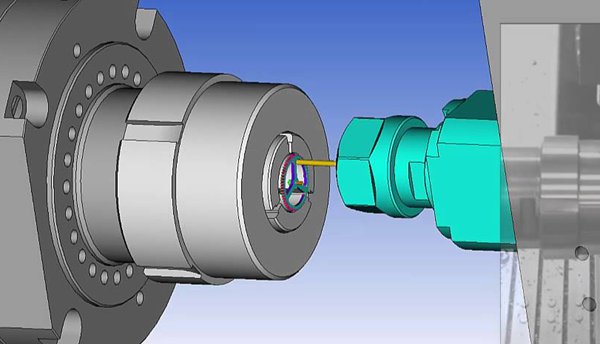
Main Features of Rough and Finishing Cuts
Here are the distinctive features of rough and finishing cuts for a better understanding:
- Rough cutting requires a high material removal rate while finishing turning has a lower stock removal rate.
- Finish turning has a good surface finish, while rough turning has poor surface quality.
- Rough cuts have poor adherence to tight tolerance levels, while finish cuts have good adherence to tight tolerance.
- Roughing has higher chip loads on the cutter while finishing has a lesser chip load.
Common Lathing Tools Used in Turning Process
Various types of lathe tools are used in part manufacturing, and each type has a distinct structure, material makeup, and function. Lathe-cutting tools are classified based on specific machining. They include:
- Facing tool: This has a side cutting edge. It consists of two types: a right-hand facing tool functions on a workpiece’s right side, and a left-hand facing tool functions on the left.
- Chamfering tool: It is made of carbide and has high-speed steel. Chamfering has subtypes: single-angle, variable angle, and indexable chamfer tool.
- Thread cutting tool: There are two types: internal and external. The former creates a thread in a hole, while the latter creates a thread on the workpiece.
- Forming tool: This tool is suitable for CNC precision machining. Forming tools are used to make parts that require high precision and accuracy.
- Taper turning tool: This tool is suitable for enlarging and reducing the diameter of a workpiece. Taper tools are used to craft shafts, cones, and nozzles in different industries.
- Grooving tool: These are applicable in making grooves on the surfaces of a cylindrical workpiece. Grooving tools come in different shapes depending on the lathe operation.
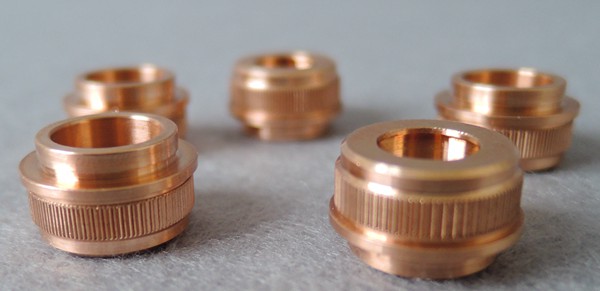
What Materials Are Suitable for Turning?
There are suitable materials that work great with turning processes. Most of the common materials are primarily metals, and a few are plastics. Metal materials include steel, brass, aluminum, nickel alloy, and titanium, while plastics include polycarbonate, PEEK, PEI, and PP.
Turning is done based on the material machinability and the desired surface finishing. Robust workpieces like steel need a specific cutting tool like the single-point cutting tool made from High-speed-steel, and carbide. This works great for high-power operations or specific cutting forces.
Also, some materials such as aluminum, and titanium can be machined with smooth surface finishes and are flexible enough to form complex shapes and sizes.
Advantages of the Turning Process
The turning process has many advantages, but let’s look at the benefits of this machining process:
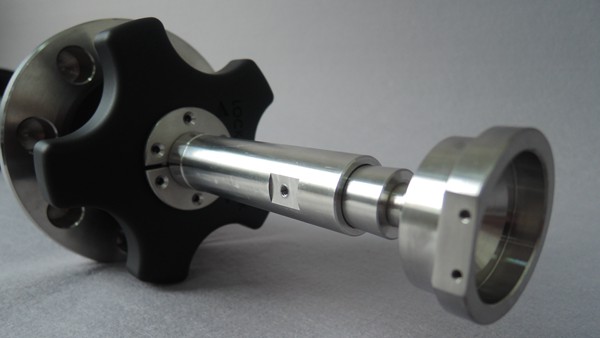
- High level of precision and tolerance: The turning process adds precision rotational features to parts whose shape has been designed. Also, the accuracy and tolerance level are optimized effectively.
- Fine surface finish: Turning operation can improve surface finishing by increasing cutting speed and adjusting to a geometry angle that will improve the quality of the finish.
- Efficiency in mass production: Parameters are imputed effectively to allow for the production of many parts with increased velocity.
- Different cylindrical shapes and geometry: The turning process can create parts with different cylindrical angles and shapes for various industries.
Limitations of the Turning Operation
Although there are benefits to the turning process, there are limitations as well.
- The equipment is expensive: Turning equipment is expensive and requires extra fittings and attachments, which increases cost.
- Require frequent tool changes: Turning tools work with specific, unique features. It can slow the process because tools are changed at specific times for efficient operation.
- Only cylinder components: The turning machine is designed to move in an axial direction. It limits the shape of the part that will be created per operation.
Design Tips to Achieve Ideal Results When Using the Turning Process
There are important things that turning operators need to consider to meet manufacturing expectations. Below are tips to achieve an ideal design are as follows.
- Try to maintain uniform wall thickness: Choosing the uniform wall thickness for your parts can impact the cost and speed of the turning process. Also, it can affect the functionality of the part.
- Avoid making complex designs: Designs should be as simple as possible to avoid difficulties during the turning process.
- Go for standard turning thread size: It will help you reduce time consumption and excess costs during the turning operations.
- Machinable in a single setup: Since tools work according to specific machining, you have to bear in mind that different parts may require different turning tools. So opt for designs that will match a single setup.
Applications of Turning in Various Industries
Turning operations are the perfect technological revolution in different industries. Its accuracy, tolerance, and flexibility prove worthy, making it applicable in various sectors.
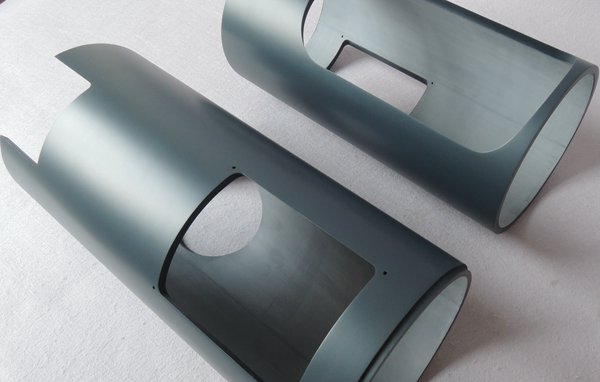
Let’s digest the application of the turning process:
- Automotive Industry: CNC turning service helps the automotive niche produce engine parts, transmission components, gearboxes, wheels, and brakes.
- Aerospace Industry: This industry requires high precision and performance components, including satellite and rocket components, aircraft engine compartments, and landing gear components.
- Medical Industry: Using biocompatible materials, turning creates precise and tolerable devices and equipment. Sharp surgical instruments and dental and orthopedic implants are achievable with CNC turning.
- Military and Defense Industry: Precision equipment components and custom vehicles made as military gadgets are designed with the turning process in mind.
What are the Differences Between a Turning Center and a Lathe?
Turning centers are a more advanced process than lathes. Both machining tools rotate workpiece components, allowing the cutting tool to remove materials from the workpiece.
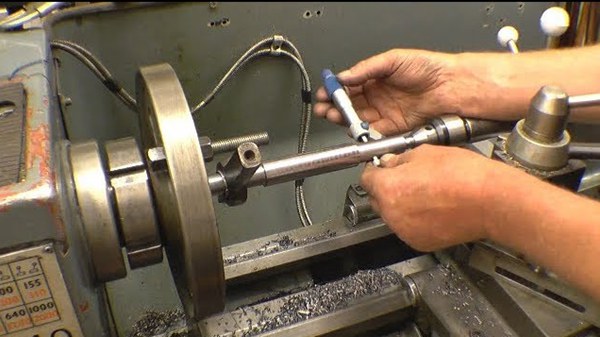
On the one hand, turning centers have turret-cutting tools for automatic change, efficient chip removal, and keeping speed coolant inside. Multi-axis turning centers are far more versatile in their cutting ability and operate beyond the traditional lathe.
On the other hand, the lathe stands out as a versatile and fundamental device in turning, it operates by rotating the workpiece on its axis while the stationary cutting tool shapes the intricate workpiece to a precise form. It requires a skilled operator to minimize possible variations and errors.
Lathes do not have a protective covering around the machine, nor do they have great capability for production compared to turning centers. Besides, cutting tools are fed either parallel or at right angles to the axis of the workpiece.
Alternative Technologies to Turning Process
There is no doubt that there are other technologies capable of generating cylindrical parts. These alternative processes include:

Milling
The milling process removes material from stationary workpieces using tools that are rotary. For example, it can generate tubular or cylindrical components and contour surfaces in an operation.
Although turning and milling are similar in operation, the primary difference between both machines is the rotation. In turning, the workpiece rotates, while in milling, the cutting tools rotate. However, for machining cylindrical components, turning is more effective than milling
Grinding
Grinding is a machining process that uses an abrasive wheel to remove material from a workpiece. The grinding wheel removes material from the surface to create parts with flat, cylindrical, or conical surfaces.
Furthermore, it processes a wide range of materials, ranging from hard to soft. Precision grinding can also create complex shapes and contours, unlike other machining methods.
Turn Your Project to Reality: Choose WayKen for Your Turning Solutions
WayKen’s CNC turning service offers a competitive advantage in turning as we produce and deliver on-demand in each turning project. We are equipped with advanced CNC machine types and technologies to manufacture turned parts with high precision and fine surface finish. With quick turnaround and personalized customer support, WayKen stands out in providing efficient, reliable, and cost-effective CNC turning solutions that meet your specific project requirements.
Conclusion
Turning operations is a versatile field that benefits numerous industries in terms of surface finishing and tolerance. These operations and application types continue to adapt to advanced innovation, increasing productivity and economic relevance in the environment.
FAQs
How much does turning cost per hour on average?
The cost of CNC turning per hour can vary. However, the common may expect to pay between $50 and $100 per hour for the service.
Which turning operation creates a narrow cut?
Grooving creates narrow cuts with specified depths on the internal and external of the workpiece.
Are turning and boring the same process?
Turning cutting tools remove material from external surfaces, while boring cutting tools remove material from the internal surfaces of a workpiece.

